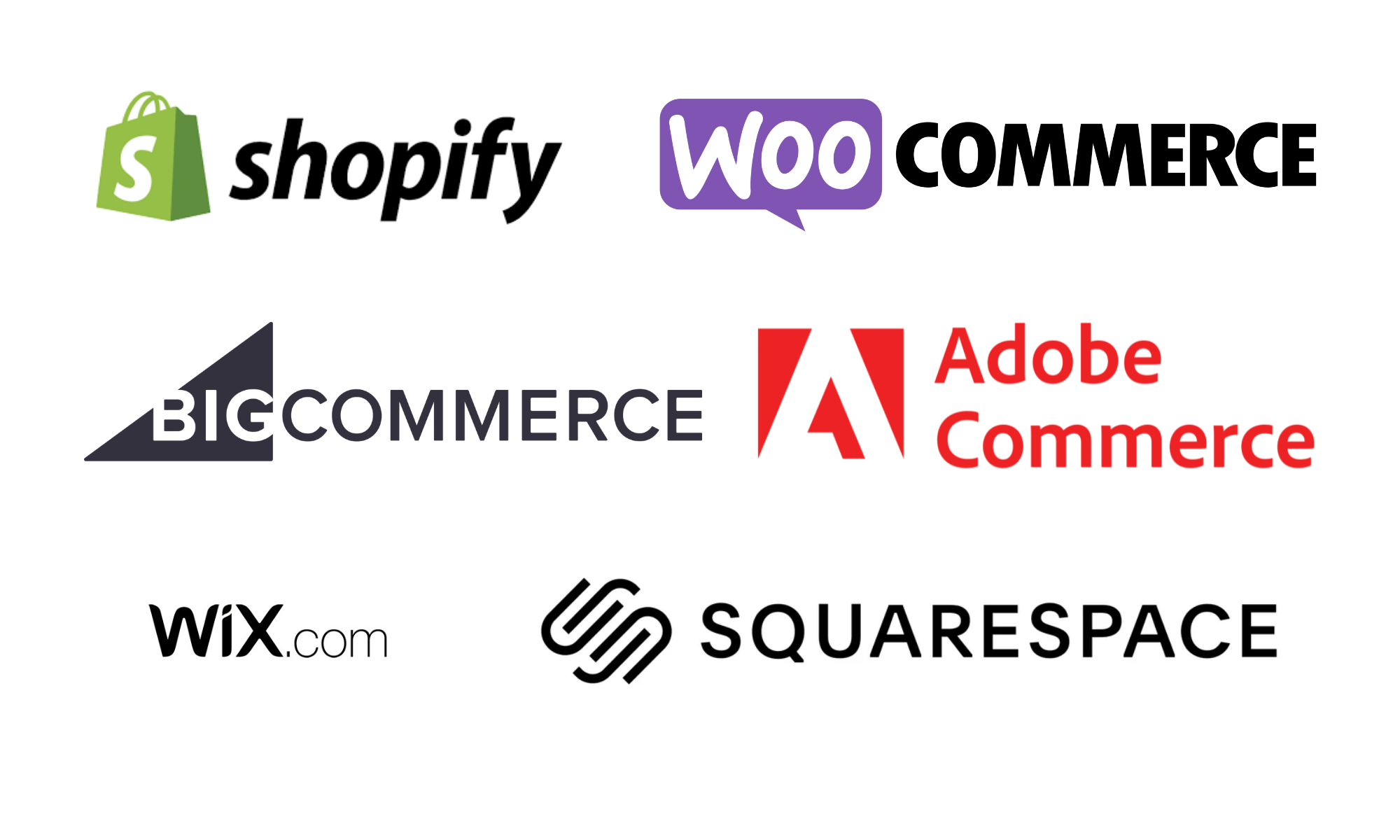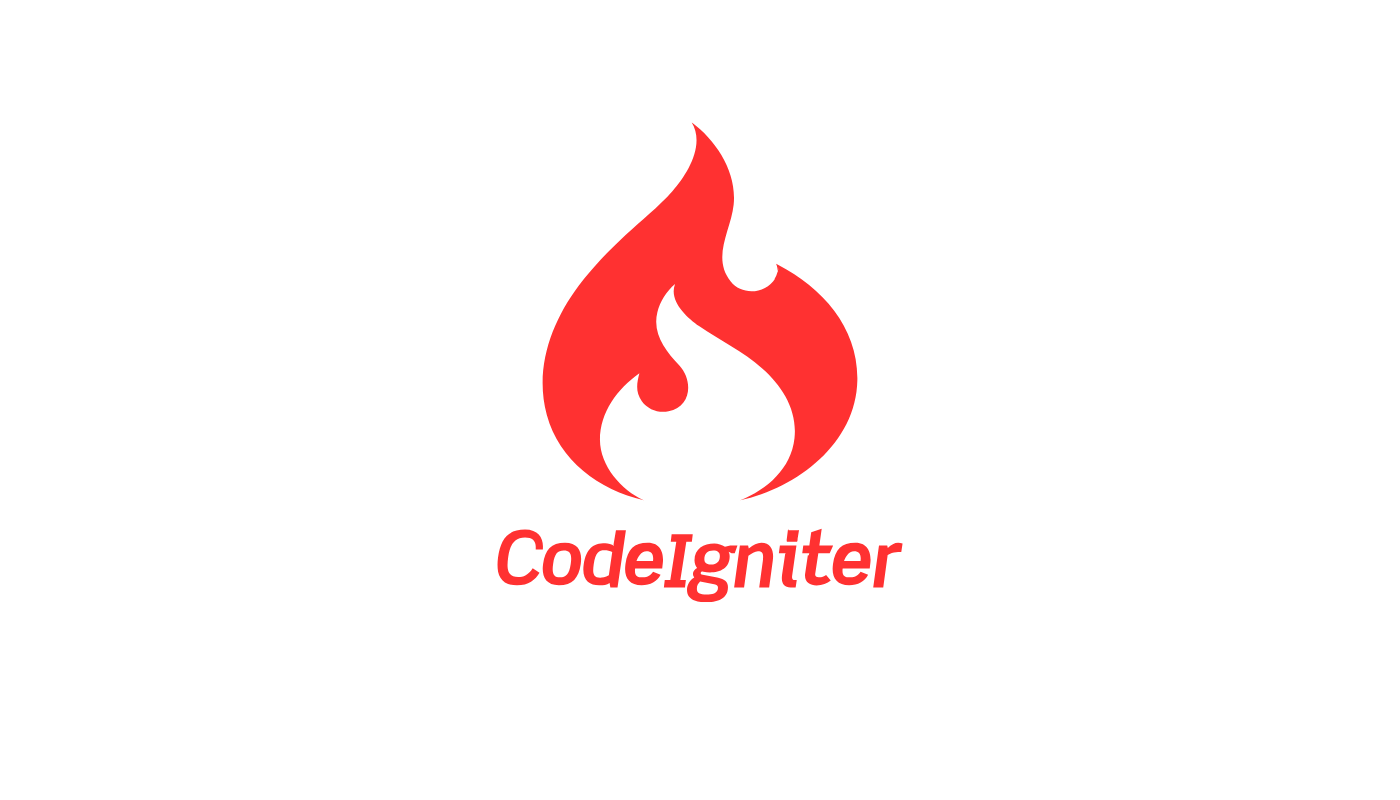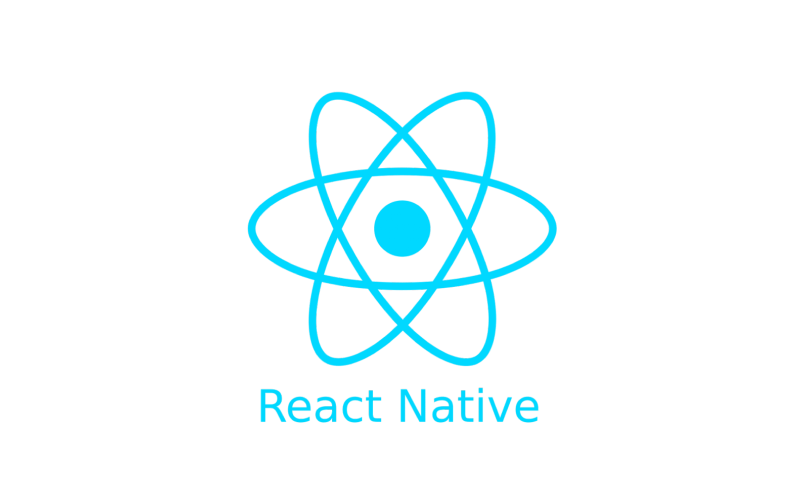
🔍 Introduction
E-commerce platforms power online businesses—from small boutiques to large enterprise stores. Whether you're starting your first store or migrating from one platform to another, making the right choice can affect cost, performance, growth, and ease of use. This comparison will walk you through key features, pros & cons, and ideal scenarios for leading e-commerce platforms.
📊 Platforms Covered
We’ll compare:
-
Shopify
-
WooCommerce
-
Magento (Adobe Commerce)
-
BigCommerce
-
Wix eCommerce
-
Squarespace Commerce
✅ Comparison Criteria
We evaluate platforms based on:
-
Cost (setup + monthly + add-ons)
-
Ease of use (setup, theme/customization)
-
Scalability & performance
-
SEO & marketing features
-
Payment options & fees
-
Extensions, apps, and integrations
-
Multi-store / multi-language / international support
🛠️ Overview of Each Platform
-
Shopify
• Very user-friendly, hosted solution—little technical setup needed
• Good for SMBs (small & medium businesses) and scaling brands
• Strong app ecosystem & built-in features (themes, checkout, payment gateways)
• Costs include monthly plan + premium themes + app fees -
WooCommerce
• Plugin for WordPress; very flexible & customizable
• Good if you already use WordPress; large theme/plugin ecosystem
• Hosting, security, updates are your responsibility
• Add-ons may be needed for advanced features—can add to cost -
Magento / Adobe Commerce
• Powerful, highly customizable & scalable—good for large catalogs and complex needs
• Strong multi‐store, multi-language, multi-currency support
• Much more complex setup and maintenance; requires developer / technical expertise
• Cost of hosting + development + custom plugins can be high -
BigCommerce
• Hosted SaaS, good for growing businesses aiming for more native features without heavy dev
• Strong B2B tools, SEO, integrations out of the box
• May become expensive with higher tiers or heavy traffic / custom needs -
Wix eCommerce
• Very easy to start; drag-and-drop site builder; ideal for small stores or creative brands
• Less flexibility & fewer high-scale features compared to Magento or BigCommerce
• Templates & design tools are good; may be limited for huge catalogs or complex backend logic -
Squarespace Commerce
• Very aesthetic templates, ease in design & content, good for visual or boutique stores
• Smaller extension / plugin marketplace compared to Shopify / WooCommerce
• Less ideal for very large catalogs or heavy customization
⚖️ Pros & Cons Side by Side
| Platform | 🔼 Pros | 🔽 Cons |
|---|---|---|
| Shopify | Fast startup, good UX, large apps, reliable support | Ongoing costs, customization beyond theme can be costly, transaction fees if using external payment gateways |
| WooCommerce | Highly flexible, low entry cost, large community plugins | Maintenance burden, hosting & security responsibility, plug-in conflicts, scaling needs more effort |
| Magento | Best for complex, large stores; powerful features; enterprise level | High cost, steep learning curve, needs specialized developers, hosting costs are significant |
| BigCommerce | Many built-in features, scalable, good B2B tools, less need for many add-ons | Pricing tiers can jump, premium themes/apps cost more, less micro-control vs self-hosted solutions |
| Wix eCommerce | Easy design, quick setup; ideal for simplicity | Not as powerful for large-scale or very custom e-commerce; somewhat limited backend control |
| Squarespace | Beautiful design, simplicity, good for visual brands | Less scalable; fewer integrations; fewer “power user” features than others |
📈 Ideal Scenarios: Which Platform for Which Business
-
If you want to launch quickly, with minimal technical setup → Shopify or Wix
-
If you're already on WordPress and want flexibility → WooCommerce
-
If you have large product catalog, high traffic, complex requirements → Magento / Adobe Commerce or BigCommerce
-
If design and storefront appearance matter heavily (e.g. fashion, art, brand-first) → Squarespace, Wix, or premium Shopify themes
📌 Important Considerations Before Choosing
-
Total Cost of Ownership: not just monthly fees — include hosting, maintenance, extensions, payment fees
-
Hosting & Performance: hosted vs self-hosted; ability to handle traffic spikes
-
Customization vs Simplicity: more power usually means more complexity & cost
-
Support & Community: how easy it is to get help, plugins, themes, developer availability
-
Internationalization: multi-language, multi-currency, local payment & shipping support
🌐 Conclusion
There’s no one-size-fits-all answer. What works best depends on your business size, technical capability, growth plan, budget, and priorities (speed, design, custom features, marketplace reach). Choose a platform that aligns with your current needs and allows room for growth without creating huge overhead.
At Solace Infotech, we help businesses evaluate their requirements, weigh trade-offs, and select & implement the e-commerce platform that gives them maximum value over time.




